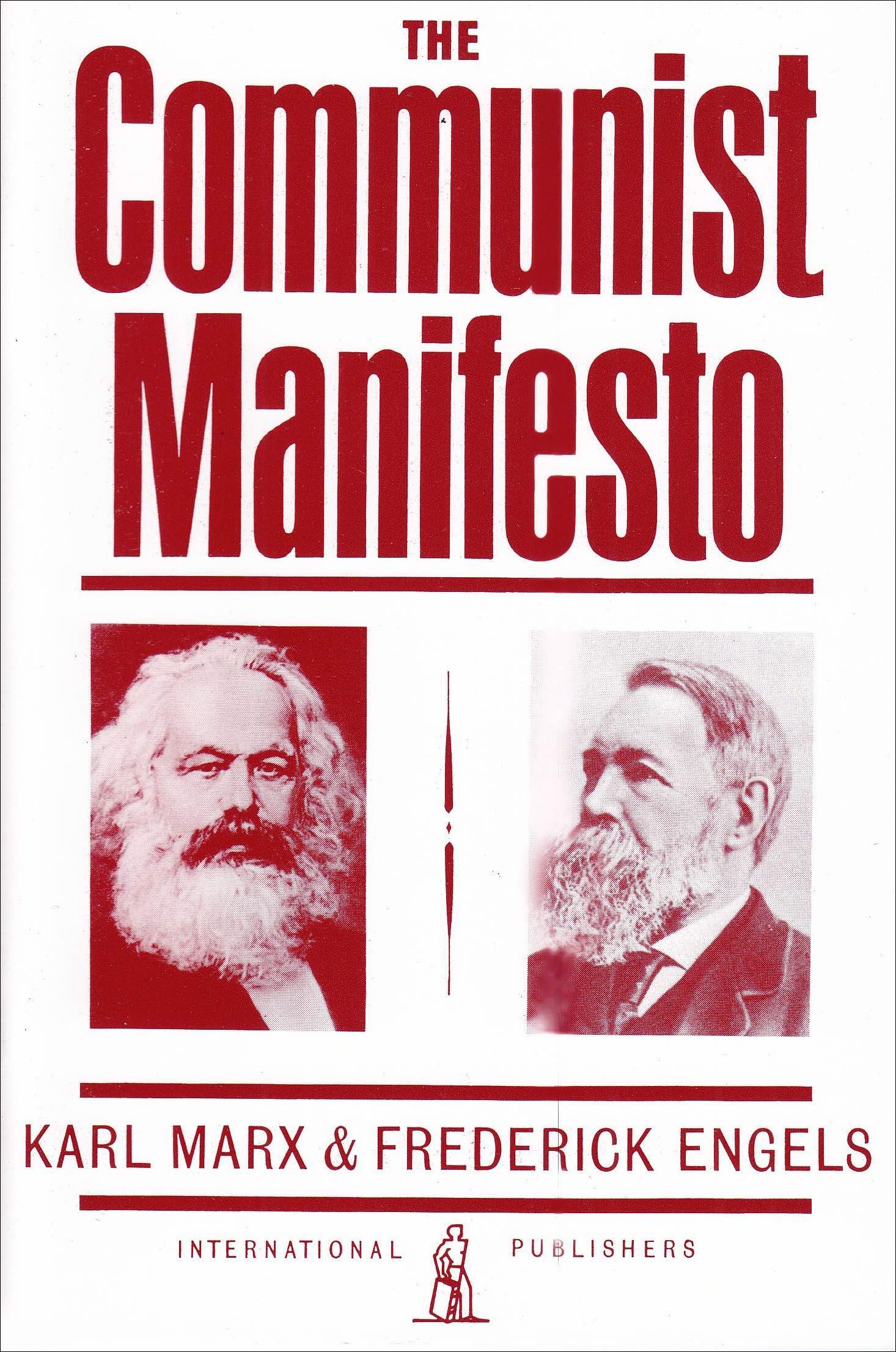Part I of IV of this series was posted yesterday morning. If you have not read that post yet, please do so in order to best understand the purpose and directon of this series. Communism and the Modern Purists Part I.
Communism was preached to be about one thing: class struggle. It would be foolish to say that there was no class struggle in Russia at the time of the Revolution. It would be foolish to suggest that class struggle does not exist today globally and in America. But what is class struggle, specifically?
WHAT IS CLASS STRUGGLE?

In The Communist Manifesto, Karl Marx summarized the problem, the movement, and the probable outcome as such:
“The history of all hitherto existing society is the history of class struggles. Freeman and slave, patrician and plebeian, lord and serf, guildmaster and journeyman, in a word, oppressor and oppressed, stood in constant opposition to one another, carried on an uninterrupted, now hidden, now open fight, that each time ended, either in the revolutionary reconstitution of society at large, or in the common ruin of the contending classes…. Let the ruling classes tremble at a Communistic revolution. The proletarians have nothing to lose but their chains. They have a world to win.”
The ruling classes (primarily the middle class) Marx noted were termed the “bourgeoisie”. The group Marx called the “proletarians”, were defined as the poorest class whose only source of capital was their labor. Although The Communist Manifesto was written in 1848 and Marx died in 1883 (Engels in 1895), it defined without apology the divide between the classes in Russia nearly 70 years later. It was the lowest class against everyone else. Or as Marx stated: the oppressor and the oppressed.
Marx and Engels believed that the bourgeoisie were there simply to exploit the labor of the proletarian—a punishment for being poor. Marx added that the “modern bourgeois private property is the final and most complete expression of the system of producing and appropriating products, that is based on class antagonisms, on the exploitation of the many by the few.”
The Communist Manifesto defined its view of class struggle. It isn’t an absolutely incorrect definition of what class struggle means. But it is definitely not absolutely correct. In most instances in our nation, the class struggle is a product of means whereby people are posited by birth or circumstance and not by direct authoritarian methods—governmental, societal, or otherwise. In other words, a person is not placed in the lower class by force. Being born into an economic situation is no less natural than being born. Being promoted or demoted into an economic situation via circumstance or chance is no less improbable than maintaining a current economic situation.
(That is not to say that prejudice has never played a role in promotion or demotion, but in this discussion, the exception will not be the rule.)
The class struggle in America leads me to my next point in which David Priestland asks this question: “Is a Communism remodeled for the 21st century struggling to be born?”
COMMUNISM IN AMERICA
I think most readers may read the question and say, “No.” It does seem farfetched, only because we look at Communism in its final stages and not in the stages that lead to that final stage. We look at what Communism is and not so much how it comes to be.
To answer Priestland’s question: Yes. There is a remodeled form of Communism struggling to be born, but there is deception in that question he asks. And it represents the same deception permeating through this country. The deception hinges on this word: “remodeled.”
Americans think that they can do everything better than everyone else, and the practice of Communism is no different. We have looked at and studied the faults and disasters of Communism and perceive that we can establish a “remodeled” version. We disregard the continued failed (and that’s putting it mildly) attempts at Communism in countless countries.
This disregard stems from either ignorance or flat-out arrogance. But let’s focus on the former: ignorance. This will provide reason for why a “remodeled” form of Communism is rearing its ugly head.
STATS INVITING "REMODELED" COMMUNISM
Here are some disturbing results from a poll taken by the Victims of Communism Memorial Foundation regarding US citizens and their perception of Socialism and Communism:
Percentage who are unfamiliar with the following leaders: Mao Zedong (42%); Che Guevara (40%); Vladimir Lenin (33%); Karl Marx (32%); and Harry Truman (25%).
Percentage who perceive the following leaders favorably: Guevara (37%); Marx (34%); Lenin (25%); Putin (23%); Mao (18%); and Stalin (12%).
26% falsely believe more people were killed during President George W. Bush’s presidency than Joseph Stalin’s reign. (32% of Millennials and 32% of Gen X believe this to be true.)
68% falsely believe more people were killed by Adolf Hitler than Stalin.
75% do not know the correct approximate amount of deaths caused by Communism.
Less than 20% of Millennials and Gen X view Socialism unfavorably and less than 40% view Communism unfavorably.
64% agreed with Marx’s primary Communist sentiments that “From each according to his abilities, to each according to his need.” Compared to 53% agreeing with the Bible’s principle that “If any should not work, neither should he eat.”
An average of 45% of Gen Z, Millennials, and Gen X would vote for a Socialist candidate for president.
67% perceive that the nation’s highest earners do not pay their “fair share.”
40% believe a complete overhaul of the economic system is necessary.
It isn't necessary to know every single Communist dictator or the outcome of their actions. What should be known, at least, is the generalities of an extremely dangerous concept. It is ignorance that continues to keep this ideology afloat, but the ignorance is typically encouraged by the arrogant.
UPCOMING PART III
But who are the arrogant? And how is America's perception of class struggle wrong? That will be discussed in Part III.